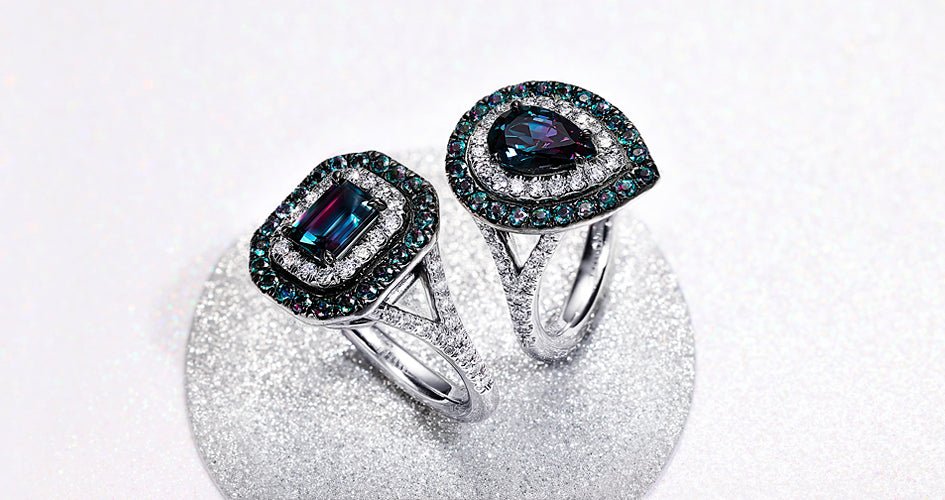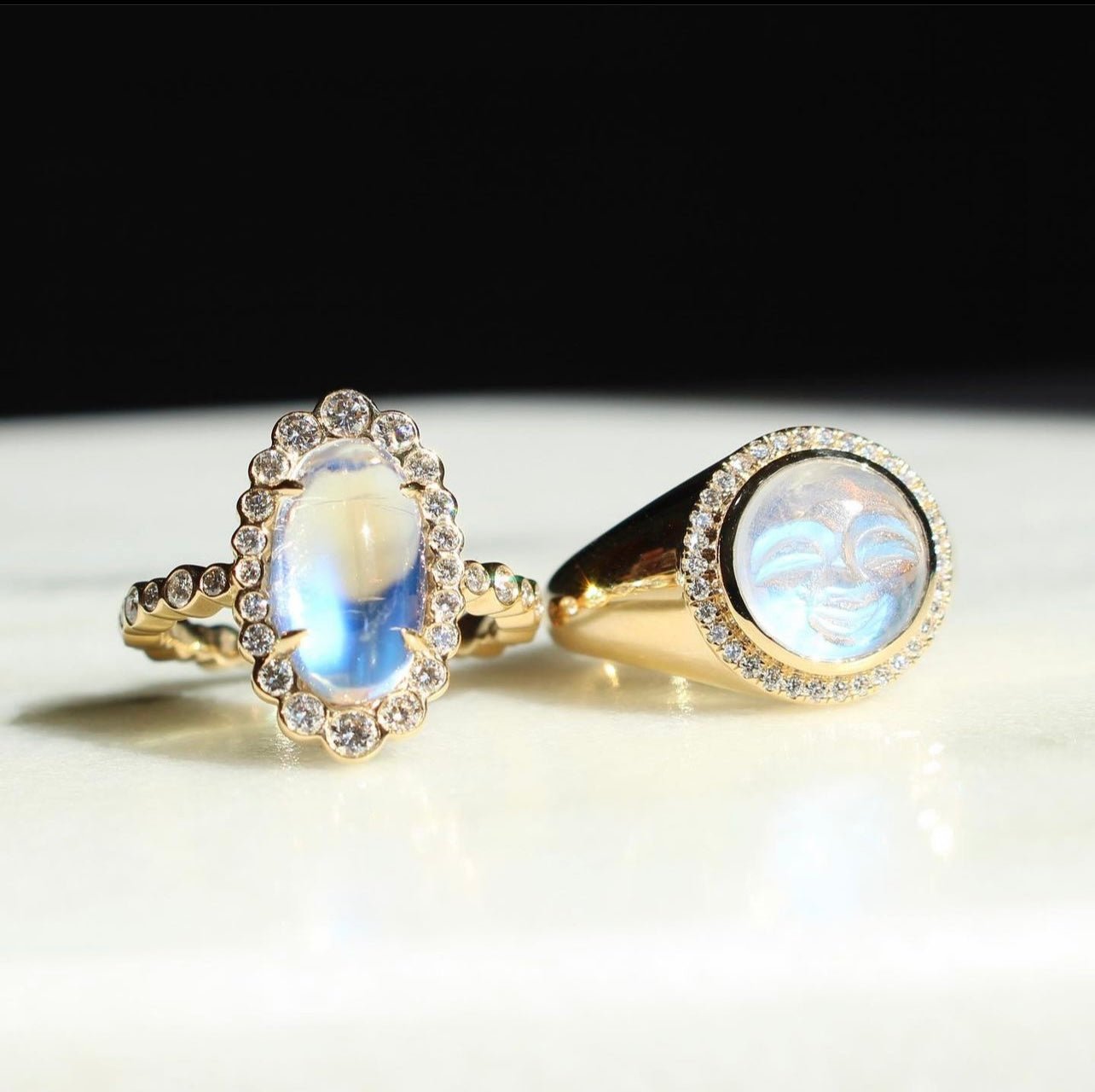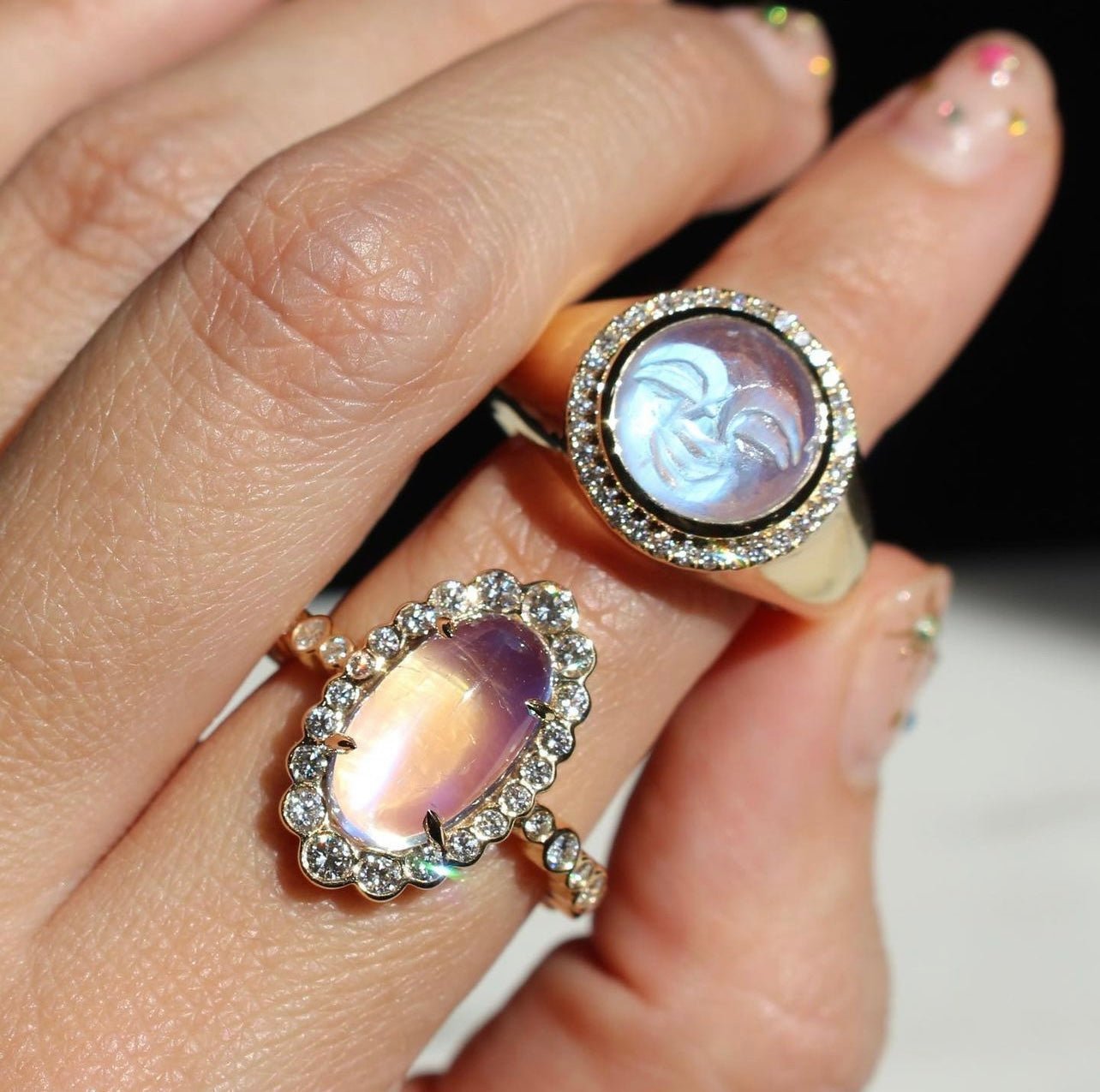Have you ever been gifted a fine piece of jewelry, and something seemed off? Maybe it was the way that it felt in your hands, the texture of the stone. Maybe it was the color scheme or the dullness of the sparkle. Perhaps you didn’t quite trust the manufacturer’s label, confused about where it came from with no information regarding a mining source.
Trust us; we’ve all been there. At Mark Henry Jewelry, we specialize in the production, marketing, and sale of exotic gems - specifically the elusive, color-changing alexandrite that transitions from a ravishing green under daylight to a brilliant red under incandescent lighting. This phenomenon, dubbed the Alexandrite Effect, has been popularized in many ways, including through simulants and imitations.
As a company, it is our mission to bring alexandrite to the masses and educate new jewelry consumers and fine gem collectors about this gorgeous and complex gemstone that is so commonly emulated. Understanding price-cost analysis can help you for future alexandrite purchases and reflect on the true quality of what you’re actually buying.
Natural Alexandrite: Background
Alexandrite was first discovered in the 1830s in the Ural Mountains of Russia. Mineralogist Nils Gustaf Nordenskiöld had been conducting research in the area, which bordered a river and an area known for its emerald mines. When one of Nordenskiöld’s coworkers found the first piece of alexandrite, it appeared to be nothing out of the ordinary, a dazzlingly green piece of local emerald. However, once the sun began to set, the hue shifted into a bright red, and Nordenskiöld was entranced. He knew he had stumbled upon something truly special.
The gemstone was revered by Imperial Russia and its rulers, who were known to set the trends for their people. Ironically, alexandrite boasts the colors of the Imperial Russian flag. It was named for the future Czar of Russia Alexander II, thanks to Count Lev Alekseevich Perovskii. As its circulation evolved in the area, the resources became depleted. By the late 1800s, almost all of the Russian alexandrite supply was gone and panic struck for the preservation of this fine gem.
Responses to Depletion
Much to the surprise, and relief, of gem collectors, alexandrite was struck in Brazil in 1987. In the same decade, it was also found in Zimbabwe, East Africa, and Sri Lanka. There are varieties amongst international alexandrite, as the land provides different levels of each mineral that composes color.
In Brazil, the alexandrite is highly regarded and of the finest quality because of the high amounts of gallium and aluminum in the mines. This is where we have been lucky enough to get our own supply at Mark Henry Jewelry, partnering with the same family-run mine since 2004. We are involved in every step of the process, making sure it is as ethical and authentic as possible. Brazilian alexandrite has an incredibly high color change percentage and fabulous color saturation, two of the most important factors in determining its value.
Sri Lankan alexandrite typically has an olive green hue in the day, while Russian alexandrite may appear blue-green in the sun. Alexandrite that hails from Zimbabwe tends to be quite small and has very fine emerald tones.
Properties
When it comes to naturally mined alexandrite, there are many consistent components. The gem is formed when beryllium and chromium are combined. This process rarely occurs because these elements do not typically form in the same rock - this only adds to the lore of alexandrite.
These properties can be used to differentiate some imitations from real alexandrite and include:
- Luster: Vitreous.
- Birefringence: 0.009-0.010.
- Heat Sensitivity: Present.
- Luminescence: Weak in red Short Waves and Long Waves, but still exists.
- Transparency: Ranges anywhere from opaque to transparent.
- Pleochroism: Varies from red/orange to yellow/green.
Alexandrite is respected for its hardness of an 8.5 on the Mohs scale, making it incredibly durable. This allows for a high level of versatility in terms of jewelry use, since it can be fitted into a ring or a bracelet, two sensitive areas for damage (anything on your hands or wrists can be banged around and face some wear and tear).
Chances for scratches are minimal, as dust is a 7 on the Mohs scale, making routine actions, such as housekeeping, safer. Alexandrite is such a fine gem because it has excellent wearability.
Natural alexandrite rarely has inclusions, and its value decreases when it is enhanced in any way. Chatoyancy, the cat-eye effect that is common for some chrysoberyls, can be found - albeit rarely - in alexandrite as well, which can increase or decrease its price depending on what the buyer is looking for.
Synthetic Syndrome
Synthetic alexandrite is very fascinating since it is actually close in value to natural alexandrite. Lab-grown versions of this gem are created with the exact same visual and chemical properties as those formed in Earth’s mines. Despite the process occurring much faster than it would in nature, synthetic alexandrite has little difference from authentic pieces. However, they do not represent the same value.
In the 1960s, alexandrite doubled in popularity when it was deemed a June birthstone along with pearl and moonstone. This created a backlog in supply, and with mines already depleted in Russia, there was a serious lack of resources to meet the demand. Lab-grown gems were created to fulfill these needs and satisfy customers with a product so close to being realistic that differences could only be spotted by a gemologist under a microscope.
These small discrepancies include curved striations, metallic platelets, gas bubbles, and flux inclusions. Flux-melting is a method utilized to create synthetic alexandrite, and it can create pieces of flux leftover that may mimic the refractive index and specific gravity of natural alexandrite. However, they can also contain dust inside or parallel negative crystals. When examined closely by a professional, the inclusions are obviously not from the Earth.
Simulants and Imitations
The real issues arise when simulant and imitation alexandrite is at play. These fake gems can be made of anything from glass to plastics to ceramics and usually easier to spot issues with. Simulants may be used in place of real alexandrite for a more affordable price, but the value is clearly not the same when they have a short lifetime and begin to scratch, break, or fade in color.
Simulants are nothing new, having been used in the creation of diamonds, turquoise, sapphires, emeralds, and any other fine gem imaginable. In fact, emeralds have been simulated for millennia, and turquoise simulation is dated back to 4500 BC, used by the ancient Egyptians. In France, the first synthetic ruby was created by Auguste Verneuil in 1902, and the mass production of false gems became a very lucrative business.
What To Look For
The United States Federal Trade Commission has banned anything but natural minerals or organic materials from being labeled as gemstones. However, synthetic and imitation companies understand this would damage their sales, so they invent intriguing names to mask the reality of their products and confuse consumers.
Always ask a sales associate if your alexandrite piece is natural, and follow up by questioning where exactly it was mined. If it is real, they should be able to give a location and a name.
To determine a simulated alexandrite, take note of how large it is and clean it may appear. Real alexandrite is typically cloudy and rarely larger than one carat. This is what makes it so rare and so valuable. If you see a particularly big alexandrite piece that is gem-grade clean and has no visible inclusions but is on sale for a very reasonable price, it is best to once again question the seller and ask for proof of its mine.
Another tip is to compare the refractive index of a real alexandrite and a simulant. Natural alexandrite has a refractive index between 1.746 and 1.755 and is doubly refractive. A corundum, used as an imitative alexandrite piece, has a refractive index between 1.762 and 1.770. Spinel, another simulant for the gem, is singularly refractive with an index that stops at 1.73.
The Real Deal
It is incredibly difficult to come by natural alexandrite derived from a mine. Alexandrite represents love and a fulfilled life, two values that we hope mimic Mark Henry Jewelry as a brand. Natural or real gems are not just regarded as elite for monetary reasons. There is a history behind each stone mined, a deep and rich resemblance to those held by ancient peoples across the world and used in traditional jewelry.
Once this heritage is understood and respected, the reasoning for purchasing a simulant or an imitation stone is not as appealing. Sure, it can be worth the small investment for a fake alexandrite if you are not ready to commit something or not looking for a piece to be inherited. But, it could be a nice goal to work towards.
In the meantime, our prized alexandrite collection, which features a plethora of bracelets, rings, and necklaces set beside other exotic and fine gems, is waiting!
Sources:
Alexandrite Value, Price, and Jewelry Information | Gem Society
Is Lab-Created Alexandrite Real Alexandrite? | Gem Society
Alexandrite Synthetics and Imitations | Alexandrite Collection Guide



I bought my 1st piece of Mark Henry in 2006. A ring. Alexandrite is my birthstone! Since then I added a necklace and earrings in 2008, and then FINALLY added the bracelet. I LOVE my Mark Henry collection! I always get comments on it when I wear it. They know their Alexandrite!